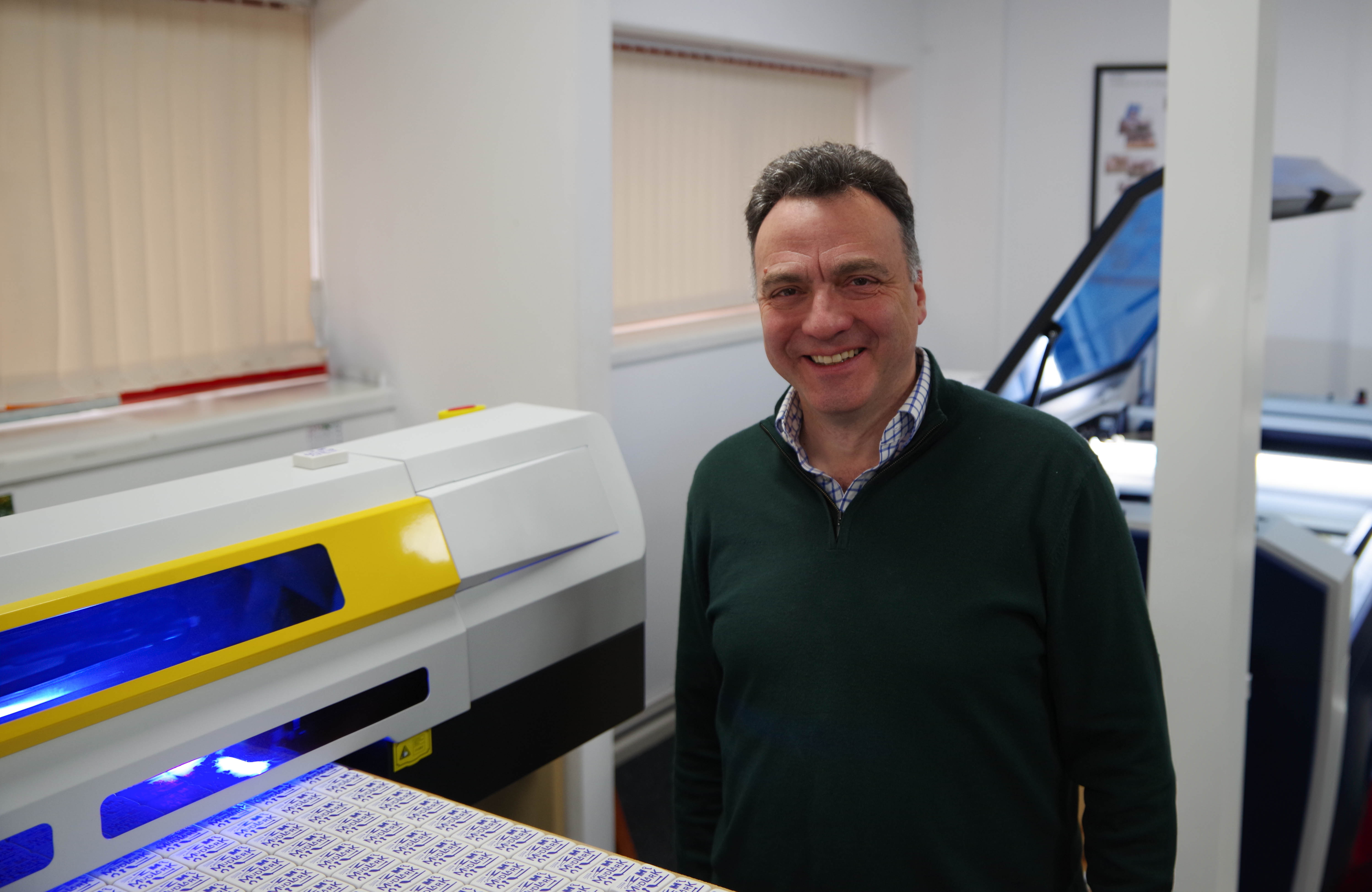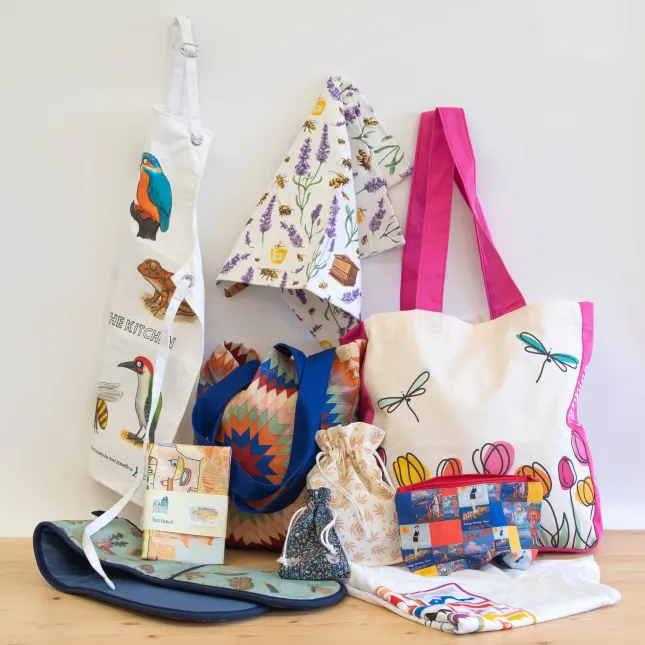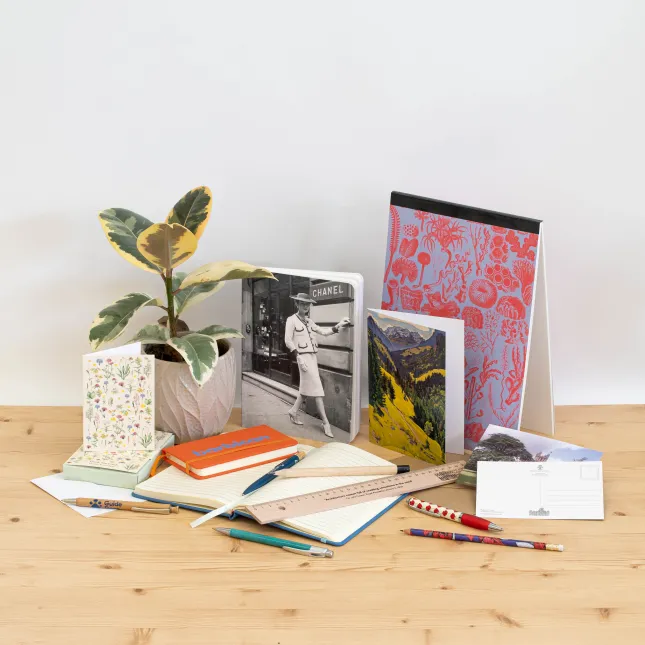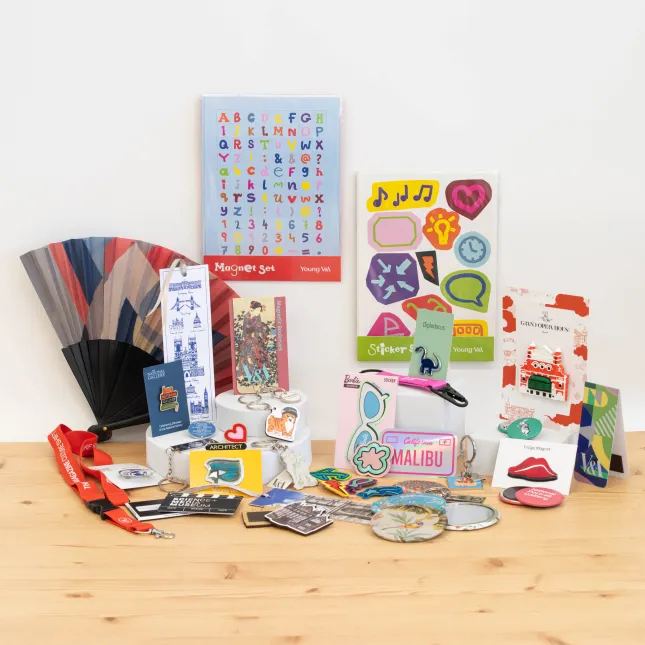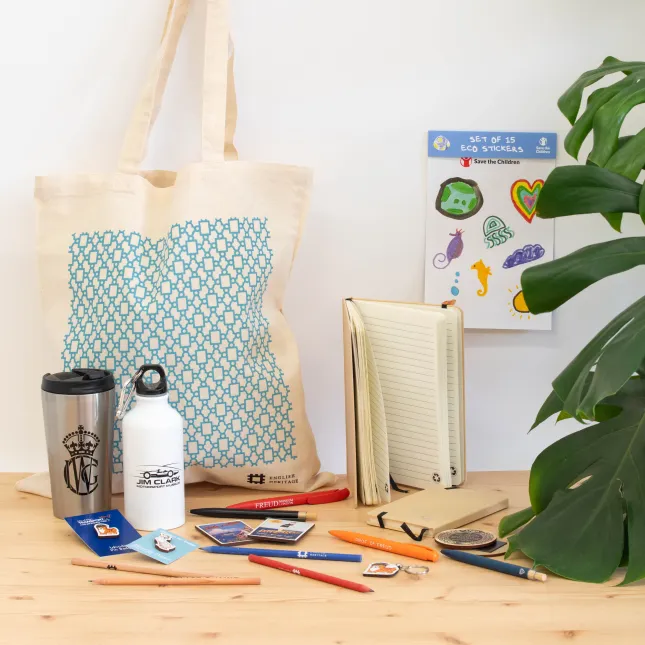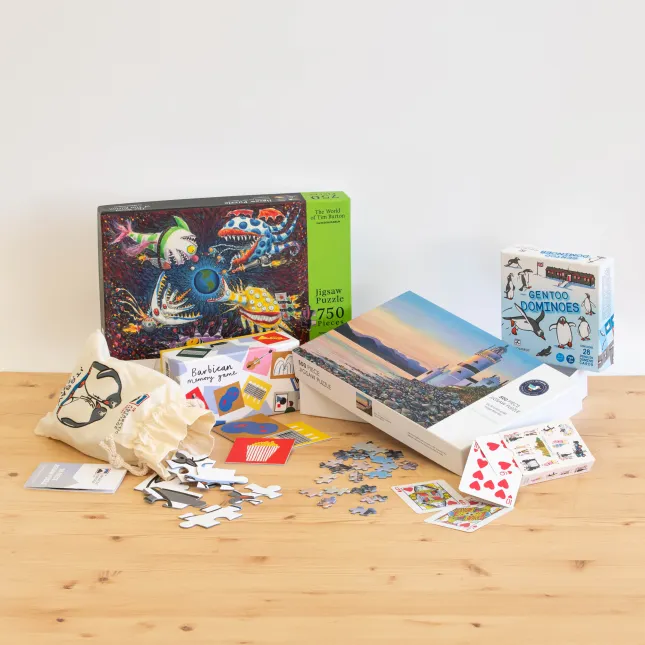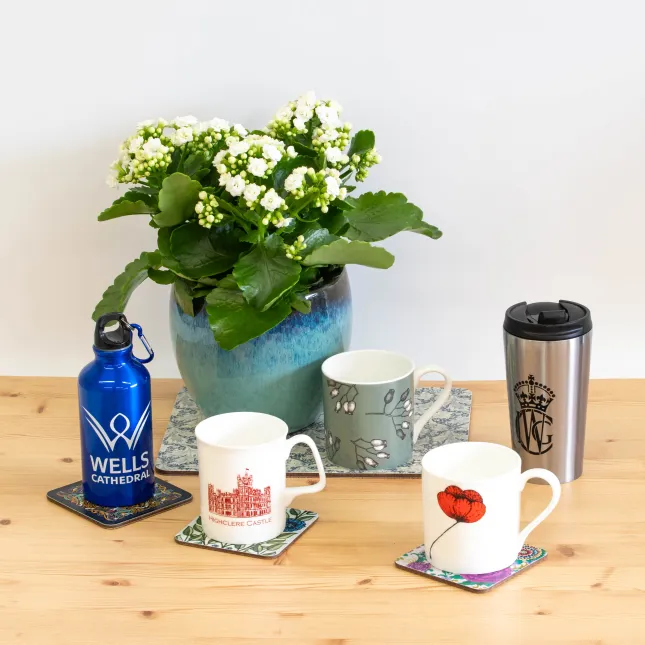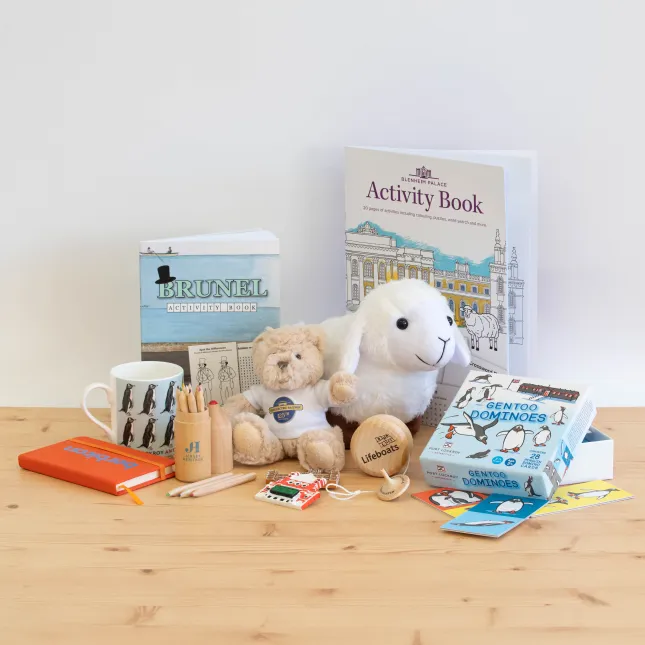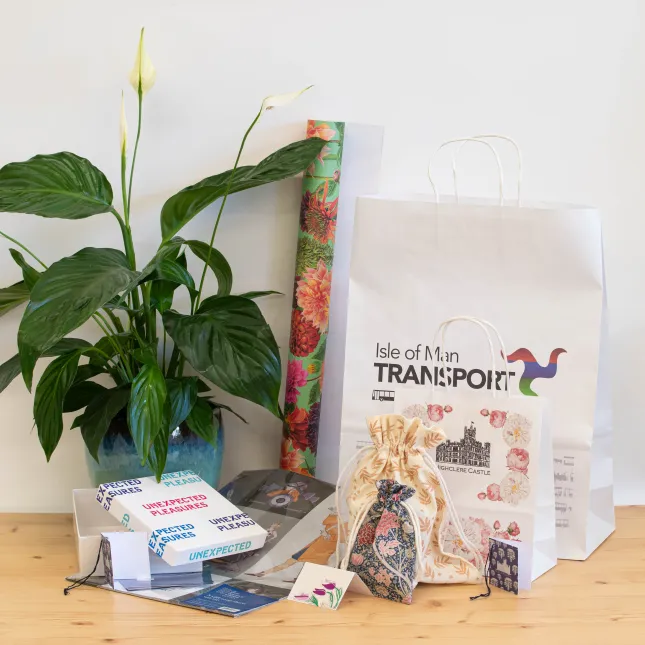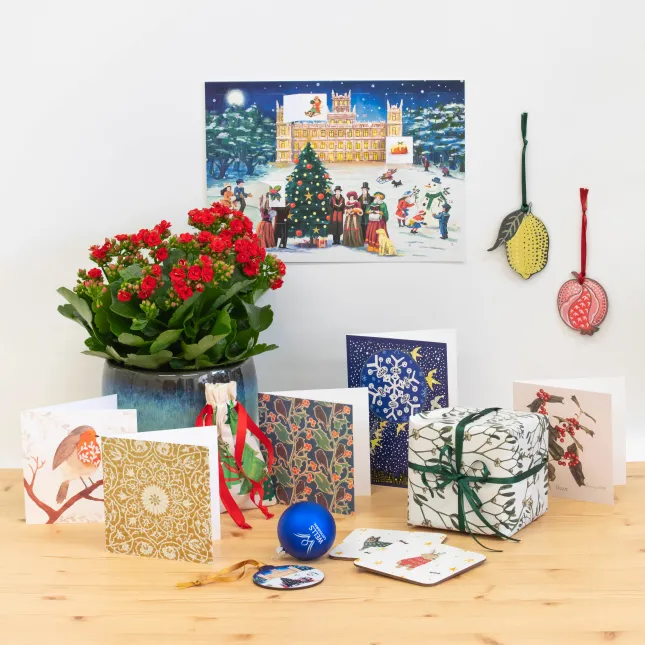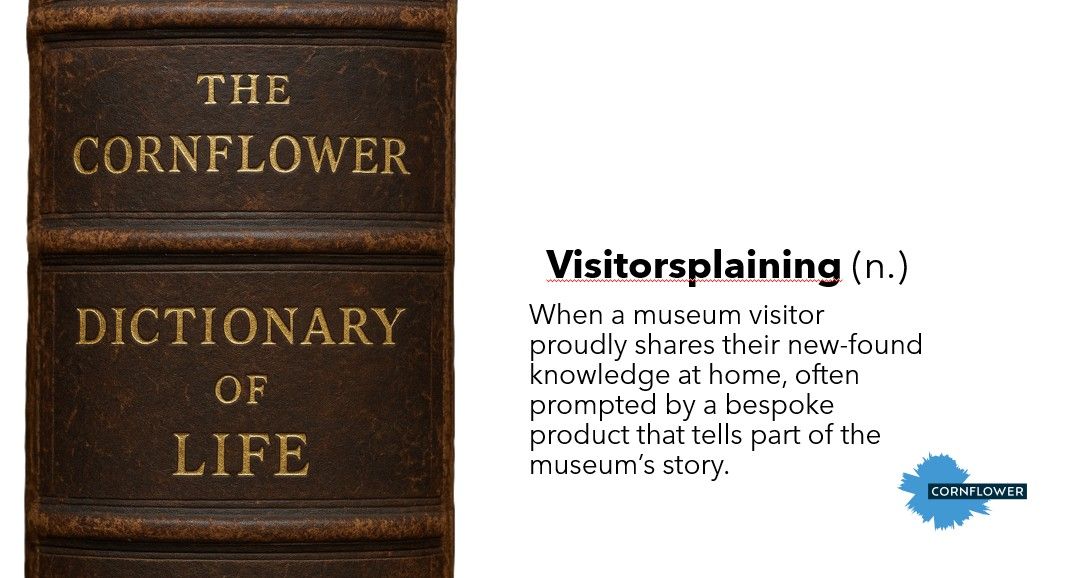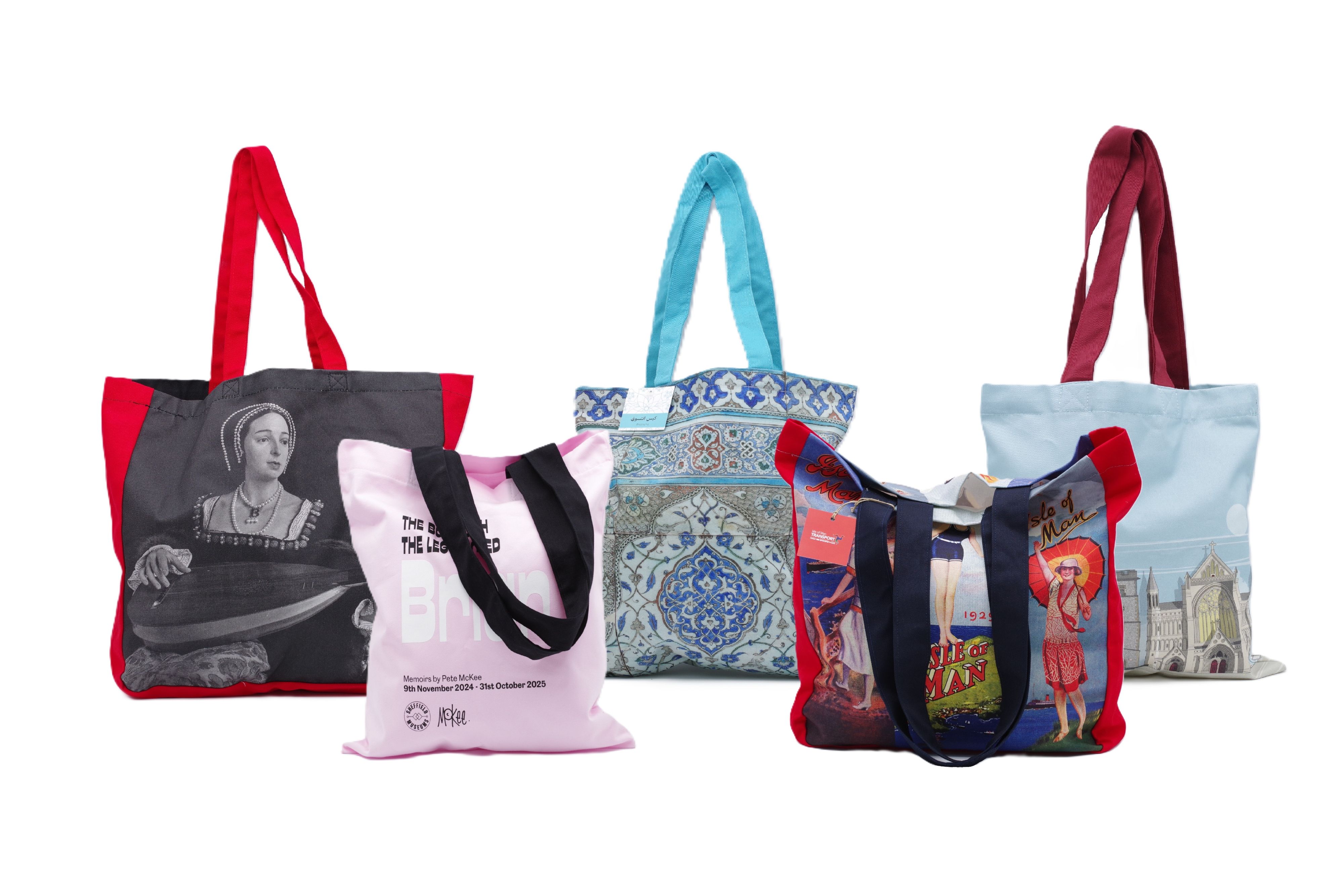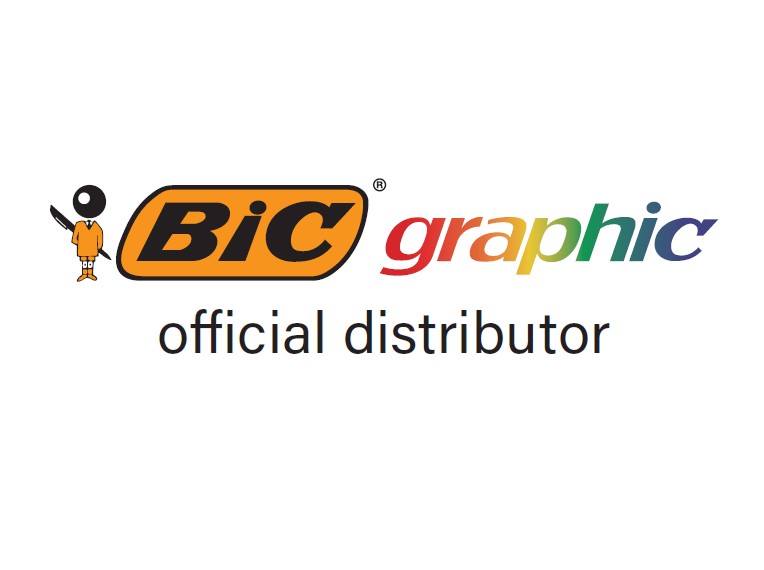In this guest post, museum and culture expert Maxwell Blowfield - aka maxwell museums - speaks to Cornflower’s CEO Simon Nutbrown to find out what 26 years of helping museums craft bespoke retail products has taught him.
Museum retail has never been in better health. That’s the view of Simon Nutbrown, who founded Cornflower 26 years ago.
But this golden period has coincided with an increasingly difficult financial landscape for museums, galleries and heritage venues. With many sources of funding drying up, self-generated income has become even more important. Increasing it has become urgent.
Simon’s career since 1999 has been focussed on helping organisations to maximise their commercial and retail income.
At the heart of his company’s work is the belief that a museum’s retail offer should be as unique as their collections. Not only because it inspires visitors, but because it’s a bankable way to make more money too.
So as a new financial year is upon us — and as Cornflower enters its second quarter of a century — I speak to Simon to find out more about his belief in bespoke.
Here we chat about how the retail landscape has changed for museums since he first started out, what his tried and tested way of working with partners is, and why he thinks venues of all sizes should embrace exclusive ranges.
Hi Simon. So it’s been quite a journey. Tell me why you decided to set up Cornflower?
I was working for my family business, which is an old established fine art publisher of engravings and etchings. Art was what I loved (and continue to do so) but I wanted to do my own thing.
So in 1999, I set up Cornflower, originally as a print publisher, working with some fantastic archive collections and selling fine art prints through galleries and interior designers.
In the early days, I was hugely privileged to be able to look through original work with archivists like the great Marilyn Ward at the Royal Botanic Gardens at Kew and other collections like the Natural History Museum and the Royal Minton Archive. It was like being a child in a sweet shop!
It was the early days of museum archive image licensing and much of the archive material had not been used commercially before.
Pretty soon, I saw the potential for these images to be published not only as prints, but as greeting cards and stationery which Cornflower could distribute through high street multiples and independent gift shops.
Chris Walton, who was then Commercial Head at Kew encouraged me to look at some bespoke items exclusively for Kew’s retail shops, and I’ll always be grateful to her as that set Cornflower on the path of bespoke product ranges that we remain on to this day.
Today our product range has extended far beyond just prints and greeting cards, and our customers are in virtually every continent, including Antarctica!
I definitely still have a soft spot for engravings and etchings though, particularly Victorian art.
How has the museum retail landscape changed over the past 26 years?
It has largely been affected by the changes in print technology.
When we started out, most printing was on litho presses, working with a repro house to produce the printing plates using film. It was costly, so print runs were correspondingly large at 500 to 1,000.
Bespoke items were typically postcards and Christmas cards, where long runs worked — or they were the preserve of the larger museums with high traffic.
We had to be creative, using the same printed material on several items, for example a greeting card print run could also be split out into notebook covers, mounted prints and coasters.
Nowadays, digital print technology allows ever shorter runs. So much so that it’s now possible to make fully bespoke product ranges across the widest gamut of giftware products. And bespoke products can be commercially available to even the smallest museum.
Technology such as UV printing, where the ink is instantly dried by UV light, allows direct printing on all sorts of products and substrates. If you told me back in 1999 that we’d now be printing directly on wood and then cutting that to any shape with a laser, it would have felt like an impossible dream.
As a result, museum retail is so much more than just a souvenir shop nowadays. With bespoke — and therefore exclusive — products, the concept of “exit through the gift shop” is being replaced by the shop becoming a destination in its own right.
It is this concept of “exclusively available here” that is helping museum retail to compete strongly with the general High Street, and online retailers. Museum retail has never been in better health in my view.
Are bespoke retail products realistic for most attractions?
I firmly believe that they are.
With digital print technology, where minimum print runs have tumbled over the past few years, bespoke product development is available to anyone with a retail operation. Nowhere is that more obvious than in textiles at the moment. A full colour-printed tea towel with a minimum run of 50, at a price that allows a full retail margin? That would have been unthinkable even 5 years ago.
I completely understand that bespoke product development has been a scary prospect in the past for people who have had little experience of it. Traditionally, it involved risk, with a large investment in stock, of one design.
Now, bespoke products are available in quantities close to those of off-the-shelf products and at similar prices. Even the smallest attractions can offer something exclusive, and visitors will thank them for it.
How do you like to work with partners to create a range?
I do like the word partners in your question, because that is really how we like to work.
We have many years of experience of product development across a wide range of different collections, and members of staff with direct past experience in museum product development and buying.
Once we have agreed the imagery for a range — and that may be supplied by the museum or artwork that we have exclusively commissioned — we produce a storyboard of ideas, showing the image(s) across a wide range of products. These visuals are usually printed up on a large format poster, so that they can be shared internally by our partner with any stakeholders that they need to involve. This process has worked really well over the years as it ensures buy-in and support from curatorial and marketing teams at museums which can be so important.
The important thing for us is ‘design for production’. Rather than showing a product item on the storyboard that can’t actually be made (as sadly can happen with design agencies without production knowledge), we are designing the range with the production of the eventual products in mind.
We need to be aware that print on different substrates — textile, ceramic, paper, for example — will result in different results and it’s our skill not only to point those challenges out, but also to produce artwork with production process limitations in mind.
What's your message to shops that want to start offering more bespoke product?
Do it, try it!
Of course, I would say that, but I do passionately believe that well-designed bespoke products which are by their nature exclusive, are fantastic ambassadors for a collection.
Not only do they provide valuable income for the museum, but the sale helps evangelise a collection as often a purchase is gifted on.
Their impact transcends that initial sale — and now with minimum runs for bespoke being lower than ever, museum shops have a golden opportunity to reduce off-the-shelf items that are available everywhere and to make their shop a destination.
Maxwell Blowfield is the writer and creator of the popular art and museum newsletter maxwell museums, which was named by the Observer newspaper as one of the world’s best Substack newsletters in 2023.
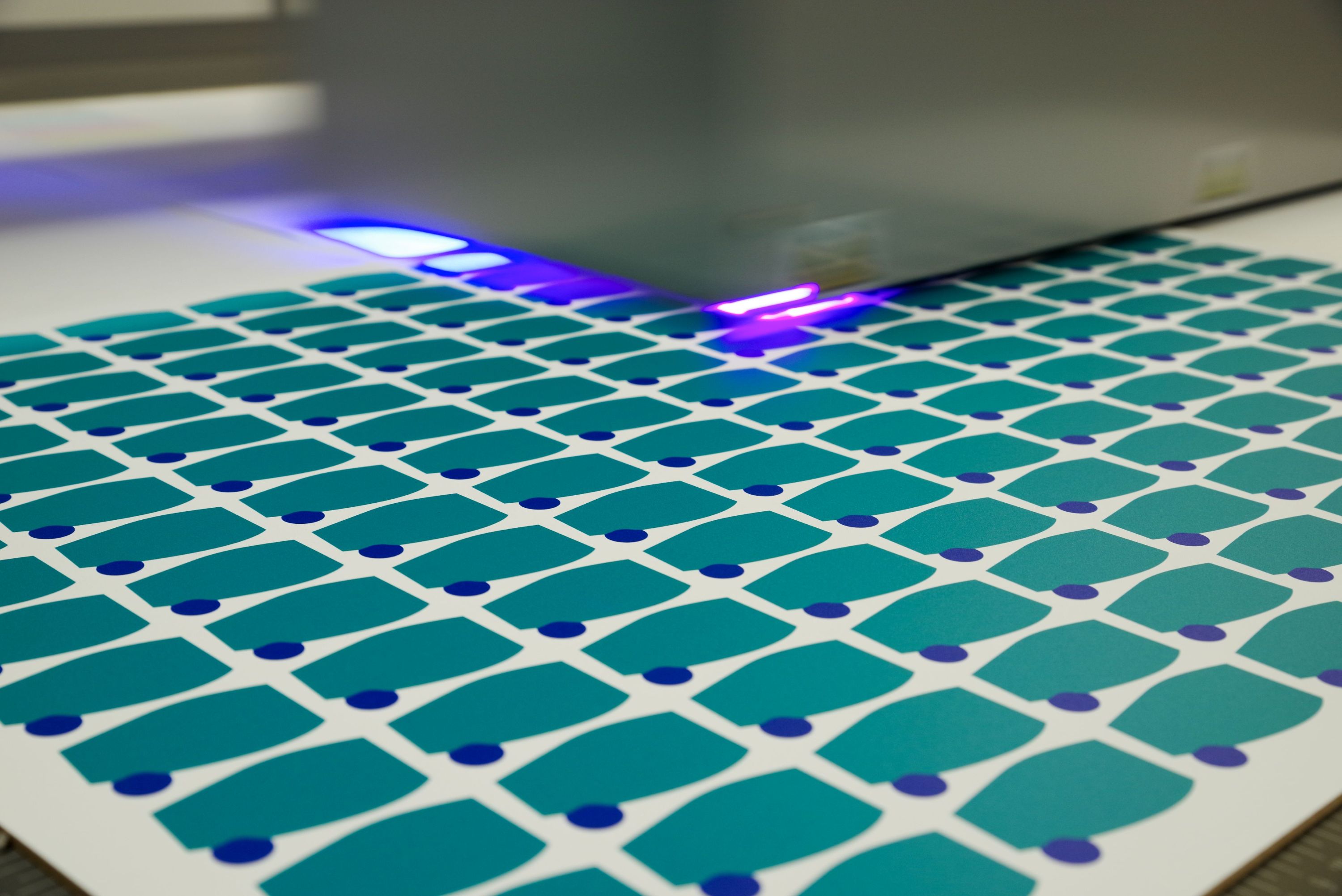
Got a question? Just drop us an email
We’re here to help with any questions you might have about our bespoke printed products and souvenirs.


